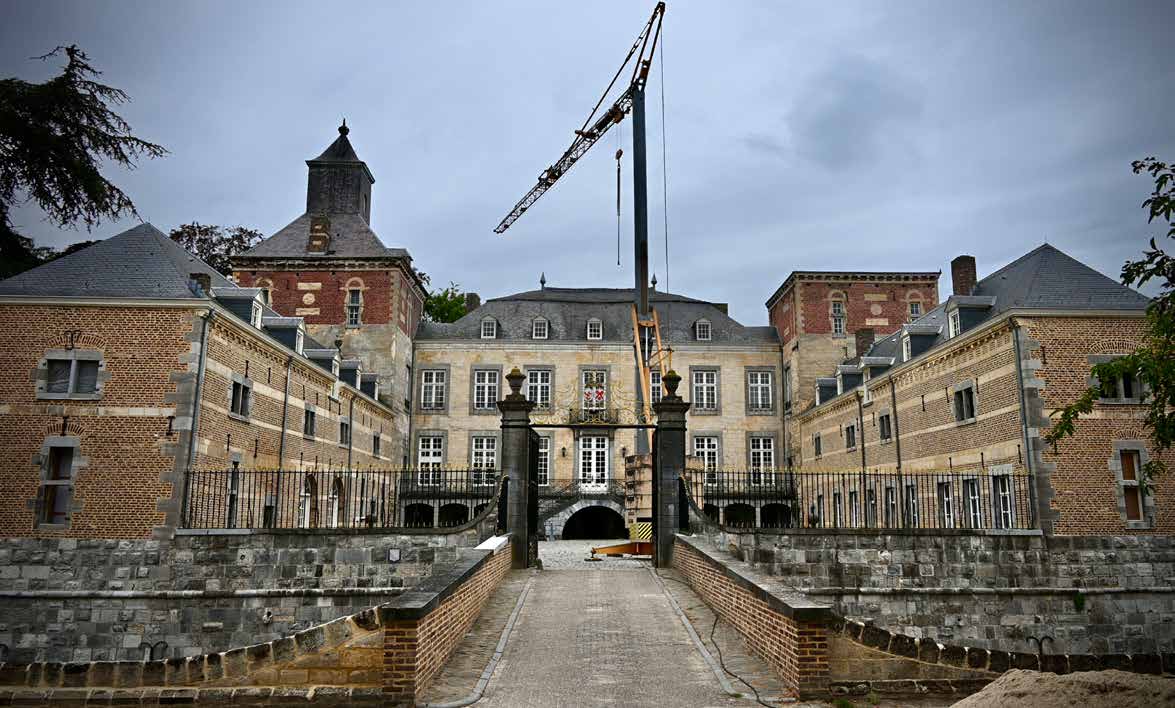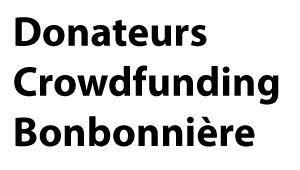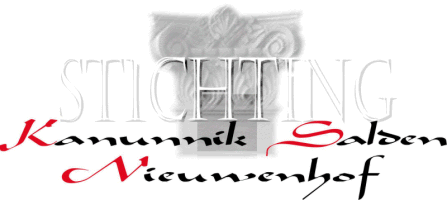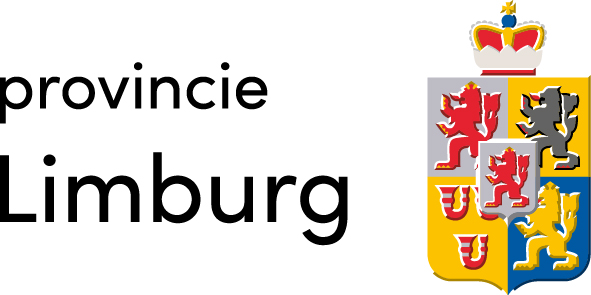Borgharen Castle Opening

Zaterdag 13 september
Saturday, September 13th
Zondag 14 september
Sunday, September 14th
The gates of stately Borgharen Castle open for special visits. Borgharen Castle dates back to the 13th century and began as a fortified castle. The castle has been rebuilt and expanded several times over the centuries. So too with a moat and beautiful park.
It combines Renaissance and Baroque elements and once housed the castle of noble families, but gradually decayed. Now it is being restored to its former glory.
On a walking tour, you will walk through the rich history through the castle's open spaces supported by historical photos, texts, explanations by volunteers, images of the dilapidated state before restoration and impressive photos of the ongoing restoration process. A unique opportunity to really experience the castle and its past!
Besides the castle, it is also possible to walk around the gardens and view the castle farm.
Information on text panels in English

Boottocht
Het terrein is ook per boot te bereiken. Rederij Stiphout heeft een pendeldienst naar Slavante en terug naar Maastricht voor € 9,- p.p.
Vertrekpunt Maaspromenade tussen 11.00 en 16.00 uur, elk uur
Vertrekpunt Slavante
tussen 11.20 en 16.20 uur, elk uur
Klik op onderstaande knop om tickets te bestellen.
























